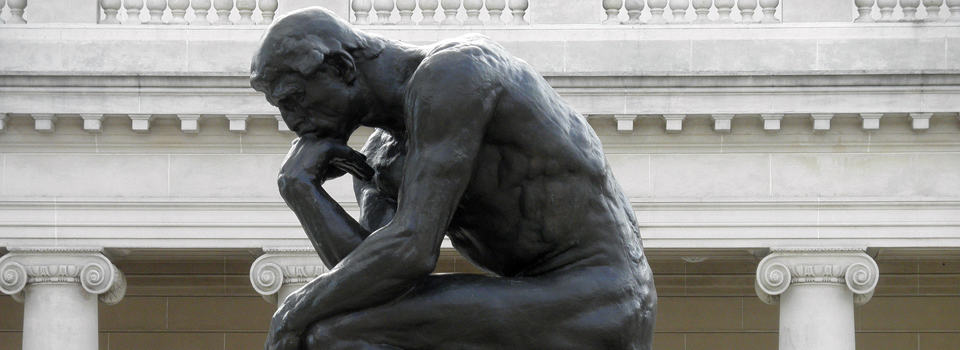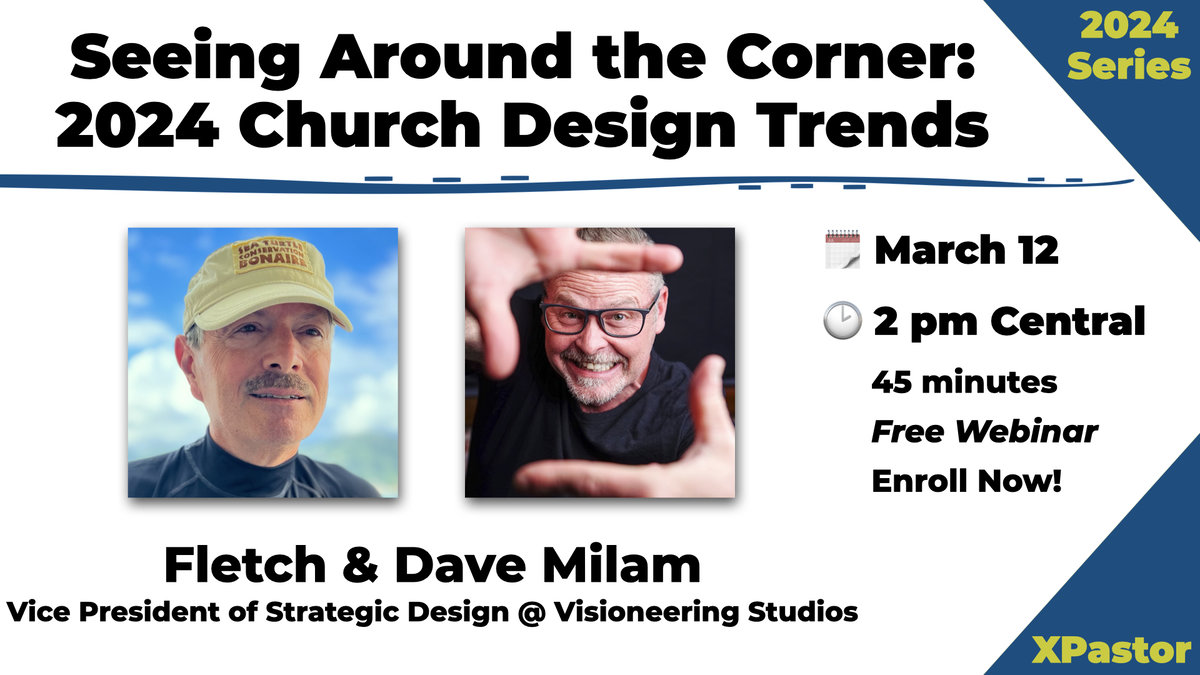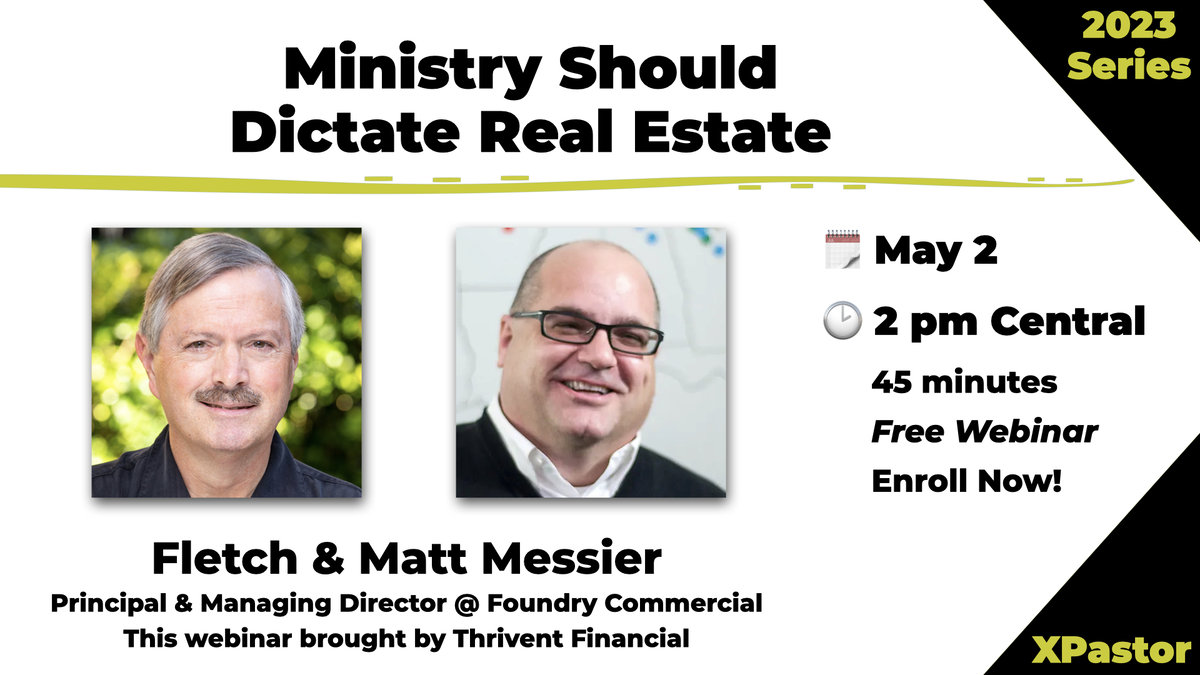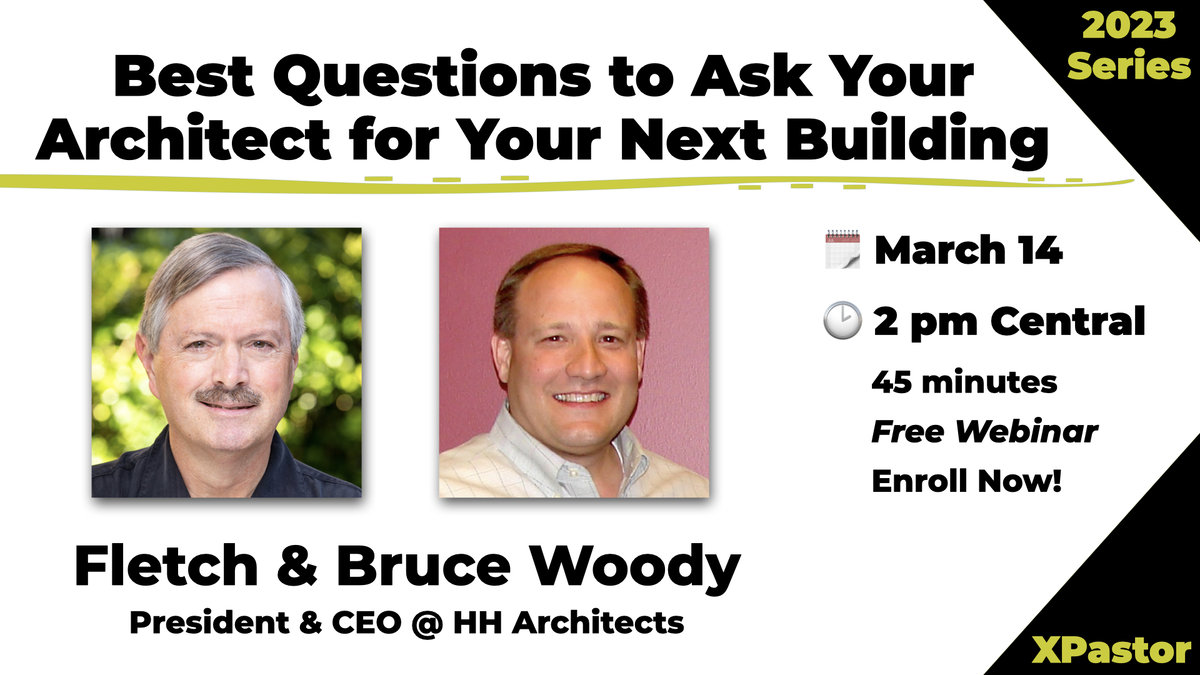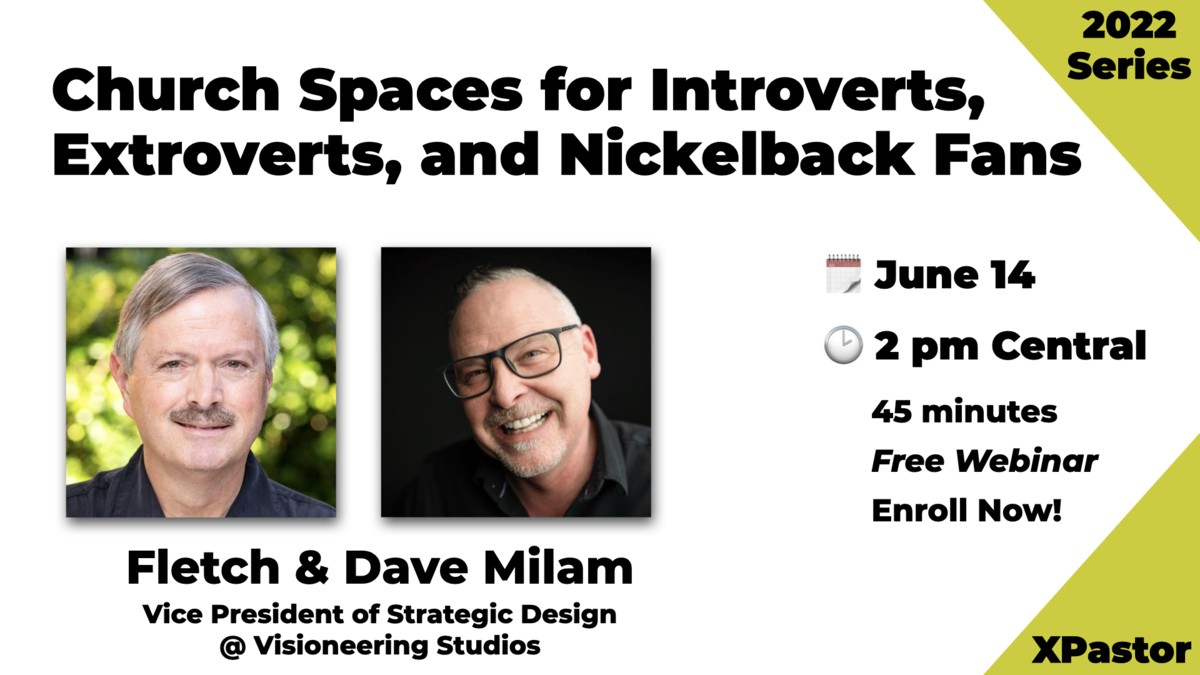I was sitting in a meeting the other day, discussing the way the church uses its space, when someone boldly said: “We’ve built spaces for us and then gone out and tried to bring the lost to them, instead of building a space for the community.” I had to agree.
The Church as Space
In her book, When Church Became Theatre, Jean Halgren Kilde does a great job of chronicling the evolution of both the interior and exterior of the church building. While this book’s focus is the nineteenth century, I believe the foundation of today’s church worship space was laid 300-400 years ago. Even then, the church building was impacted by the programming and content delivered.
In the past twenty years, we’ve primarily built on this model, creating “attractional” environments. The local church has spent a tremendous amount of programming and financial resources on facilities that support the teaching and worship experience on Sunday mornings. This makes sense when the church building and “church” programming are the focal point of the community. This is where the community is accepting and embracing the church. As we move into a post modern, or post Christian culture, where the community is often antichurch, I believe we have to rethink how we invest our resources in terms of space. Do we invest in facilities that feel right for the Christian community? Or do we invest in spaces that feel right for—and embrace—the lost?
I believe you can have meaningful worship and teaching experiences inside a space where the primary purpose isn’t necessarily worship and teaching. I love what Austin Stone, Life in Deep Ellum, Soul City, and others like them are doing with their spaces. They recognize that there’s more to connecting with, and ministering to their community than just opening for a service on Sunday mornings. I’ve been fortunate enough to find a church in Dallas (Life in Deep Ellum), where I live, that has embraced the idea that we’re going to build spaces that embrace culture and we’re going to adapt our worship and teaching experiences in that context.
When my brother, George, and I started Clark seventeen years ago, we believed the space had to support the programming. Again, referring to When Church Became Theatre, we see that from from the 1850’s to the 1970’s, in general, you could literally build the same church building, and for the most part, it programmatically supported what was happening inside the four walls. Culture still identified with the church.
Fast forward to the 1970’s and 80’s, specifically the 80’s when MTV made its debut. Culture and technology (they are now tied so closely together that it is sometimes difficult to separate them) were beginning to change rapidly. Church programming and language didn’t make any sense to culture. So in the 90’s and early 2000’s, many in the church made a big shift so their programming was more in line with what the typical non-churched person would experience in other areas of their life.
Three Pillars
The church changed its type of music, kind of environments, style of teaching. These elements make up what we refer to as “content,” which is the first pillar of Clark’s three-pillar approach to working with churches. Because the style of content changed, the technology (the second pillar) used within the space had to change, and therefore the space (the third pillar) itself had to change. Clark began working with spaces that responded to that cultural shift in order to anticipate the kinds of programming and technology that were put in them. We believe for a space to be a wise investment, it has to be adaptable—able to keep up with a culture that is constantly changing. In fact, we believe content decisions drive technology decisions, which drive space decisions.
This has all kinds of implications in terms of investment. Do you buy or lease? Do you build or retrofit? Or do you move? Because the programming and cultural cycles were becoming shorter, George and I didn’t think we could be supporting the church in the same way for the next ten to twenty years. We needed to build skill sets that better understood the dynamic between programming, technology and space. Fortunately we met a group of guys who had spent the last ten to fifteen years helping churches with strategic facilities planning—not architecture—but facility planning. We shared the same perspective and vision, and, after working together on a number of projects, merged our companies. This allowed us as a company to begin sitting at the strategic table. Suddenly we were not just being thought of as “the AV guys” or “the company that knows how to do technology.” A lot of people know how to do technology. We could argue whether our implementations are more creative, or better, or sound better, or look better, or are easier to operate as end users and volunteers. That debate will probably continue. I think the value we bring now is we constantly ask ourselves, “How do we deploy spaces and technology to support content that is going to reach a culture that doesn’t value the same things it did even ten to twenty years ago?”
Wake-up Call
George and I both believe the church is going to be sadly disappointed if they say, “We’ll continue to build the same buildings for the next twenty years and they’ll still be culturally relevant.” Culture is seeking a more intimate, more authentic experience, so we have to build spaces which support that. The idea of “buy local, sell local” is just one example of the community feel our culture has begun to crave. I believe this is one of the reasons why there has been success with the multi-site approach. It allows larger groups of people to congregate in smaller environments.
The Takeaway
As a student of culture and a father of four millennial-aged children, it’s especially troubling to me that nearly three out of five teens over the age of fifteen drop out of church, either for a time, or permanently. The number one reason these teens disconnected was “the desire for their faith in Christ to connect to the world they live in” (Barna). I’m convinced the church has to work with culture in its approach to the spaces they build. If we’re just building churches for the church, we can forget about meeting the needs of the next generation. My focus at Clark is to support the local church as they seek to make wise space and technology investments, in the context of culture. It gives me hope that we can make a difference.

